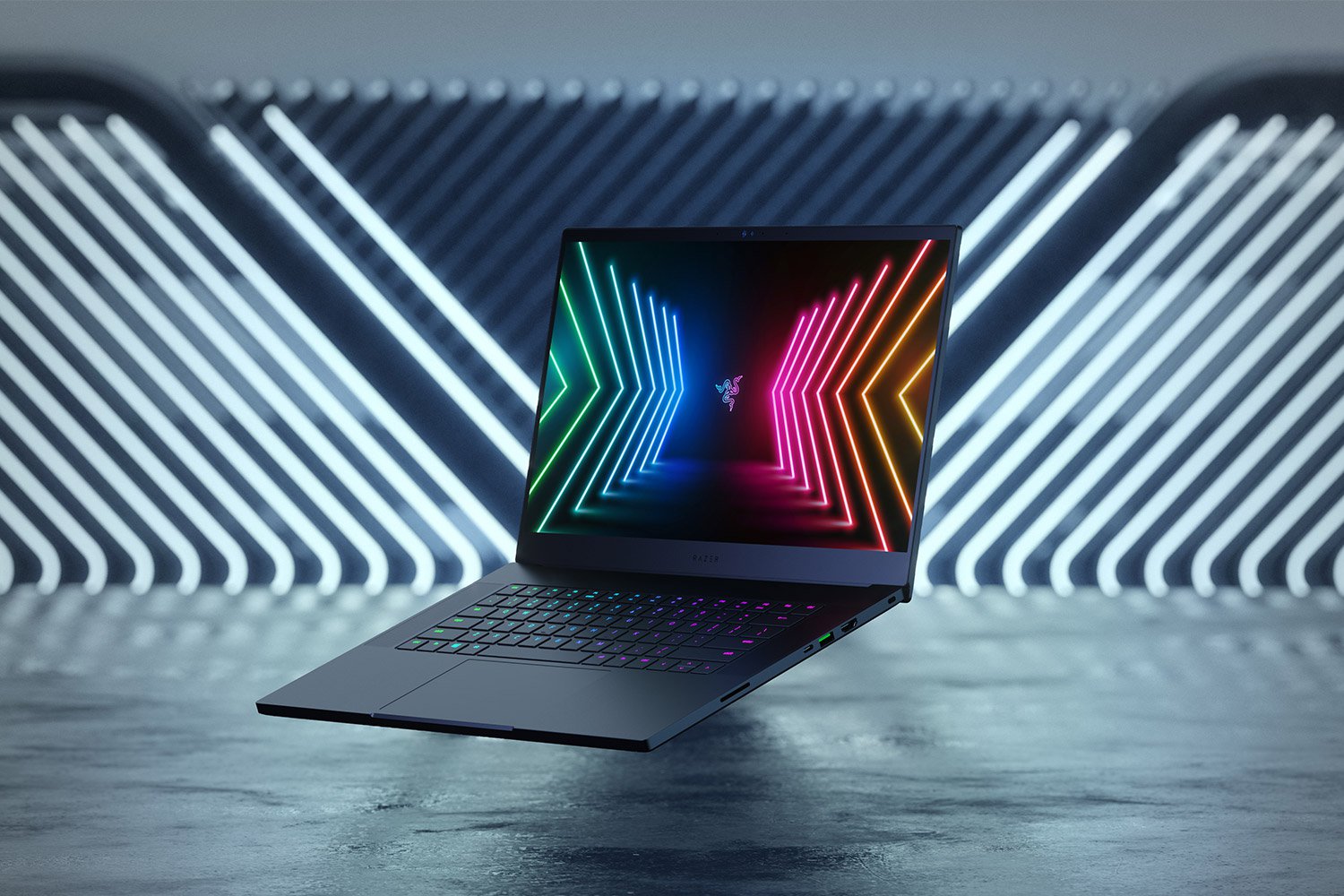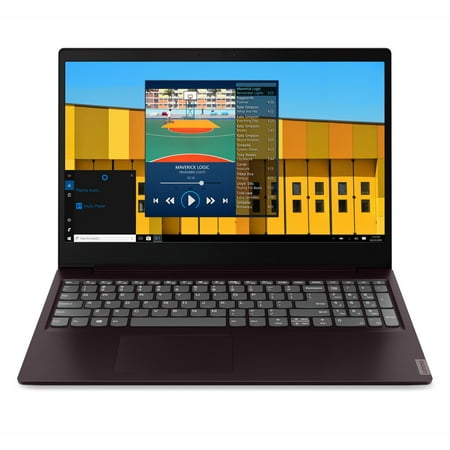Razer Blade 15 Advanced Edition – QHD 240Hz – GeForce RTX 3080 – Black
10th Gen Intel® Core™ i7-10875H 8 Cores (2.3GHz / 5.1GHz). Windows 10 Home. 15.6″ QHD 240Hz, 100% sRGB, 4.9 mm bezel, factory calibrated.
Specifications
- 10th Gen Intel® Core™ i7-10875H 8 Cores (2.3GHz / 5.1GHz)
- Windows 10 Home
- 15.6″ QHD 240Hz, 100% sRGB, 4.9 mm bezel, factory calibrated
-
- Discrete:
NVIDIA® GeForce RTX 3080 Laptop GPU
8GB GDDR6 VRAM
NVIDIA CUDA® Cores – 6144
Maximum Graphics Power up to 95W
Boost Clock up to 1365MHz
NVIDIA GPU Boost™ 2.0
NVIDIA Optimus™ Technology
NVIDIA Whisper Mode
NVIDIA Resizable BAR
2nd Gen Ray Tracing Cores
3rd Gen Tensor Cores
VR Ready - Integrated:
Intel® UHD Graphics
- Discrete:
-
- Installed: 1TB SSD (M.2 NVMe PCIe 3.0 x4) + Open M.2 PCIe 3.0 x4 Slot for easy expansion
- Maximum: Expandable up to 4TB SSD (M.2 2280)
-
- Installed: 32GB dual-channel DDR4-2933MHz (16GB x 2)
- # of slots: 2
- Maximum: Expandable up to 64GB
-
- Per key RGB Powered by Razer Chroma™ N-Key rollover keyboard
- Nordic Layout
Product Code: RZ09-0367CND3-R3N1
Additional information
| PROCESSOR | 10th Gen Intel® Core™ i7-10875H 8 Cores (2.3GHz / 5.1GHz) |
|---|---|
| OS | Windows 10 Home |
| DISPLAY | 15.6" QHD 240Hz, 100% sRGB, 4.9 mm bezel, factory calibrated |






Reviews
There are no reviews yet.